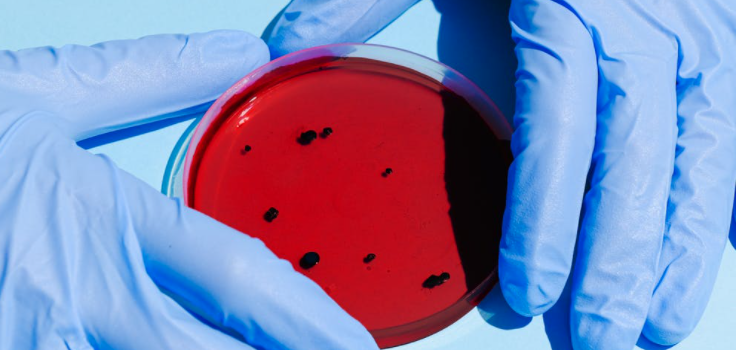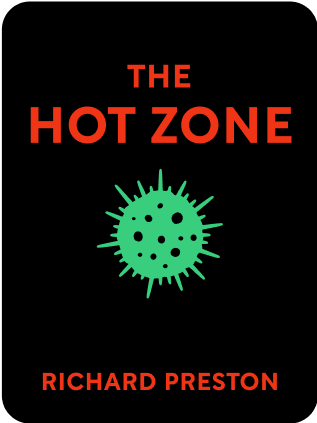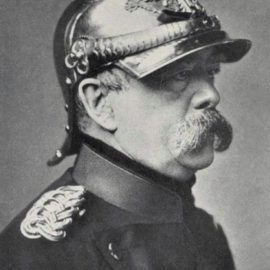

This article is an excerpt from the Shortform summary of "The Hot Zone" by Richard Preston. Shortform has the world's best summaries of books you should be reading.
Like this article? Sign up for a free trial here .
Who is Joe McCormick in The Hot Zone? What was his role in containing the 1989 Ebola outbreak?
Joe McCormick was the chief of the CDC’s special pathogen’s branch during the 1989 Ebola outbreak. McCormick clashed with the Army over how to handle the outbreak.
Keep reading to find out more about Joe McCormick’s role in stopping the outbreak.
Joe McCormick and the CDC
The Army officials had to be extremely cautious to contain the threat of an outbreak while also avoiding a public panic. They worked with CDC officials to develop a plan.
There are only three ways to stop a virus:
- Vaccines, but none existed for Ebola
- Drug treatments, but none existed for Ebola
- Biocontainment, which would be their only option
With permission from Dalgard and Hazleton, the Army would euthanize every monkey in the monkey house and sterilize the entire facility.
A Power Struggle Between the Army and CDC
While the Army researchers and leaders were forming their plan, they came upon the issue of politics. Congress charged the Centers for Disease Control (CDC)—not the Army—with protecting the country from disease. However, while the CDC had the authority to respond to this threat, the Army had the manpower.
The group felt that they had to move forward with their plan to contain this virus, regardless of the repercussions. They would assemble a biohazard SWAT team and sterilize the Reston monkey house.
The following day, General Russell met with members of the USAMRIID team and a couple CDC officials, including Joe McCormick, the chief of the CDC’s Special Pathogens Branch. Dalgard, Virginia Department of Health officials, and officials from Fairfax County (where Reston is located) also attended.
McCormick had a history of tension with the Army, having publicly criticized Eugene Johnson for neglecting to publish the results of his Kitum Cave expedition after Peter Cardinal’s death. McCormick also had more field experience with Ebola than anyone in the room, and he was the only person there who’d worked with infected people.
McCormick had worked for days in a quarantine hut full of Ebola victims in Sudan, and—despite a close call—he hadn’t caught the virus. As a result, McCormick felt sure that Ebola was difficult to transmit and most likely not airborne, despite what Army officials were suggesting.
As the meeting went on, tensions rose. Russell finally proposed a compromise: The CDC would be in charge of human-related concerns, and the Army would be in charge of the monkeys and the Reston facility. Everyone agreed.

———End of Preview———
Like what you just read? Read the rest of the world's best summary of Richard Preston's "The Hot Zone" at Shortform .
Here's what you'll find in our full The Hot Zone summary :
- The many different strains of Ebola, including the deadliest kind with a kill rate of 90%
- How scientists unraveled the mystery of a new strain of Ebola
- How Ebola could become airborne, becoming one of the deadliest viruses known






